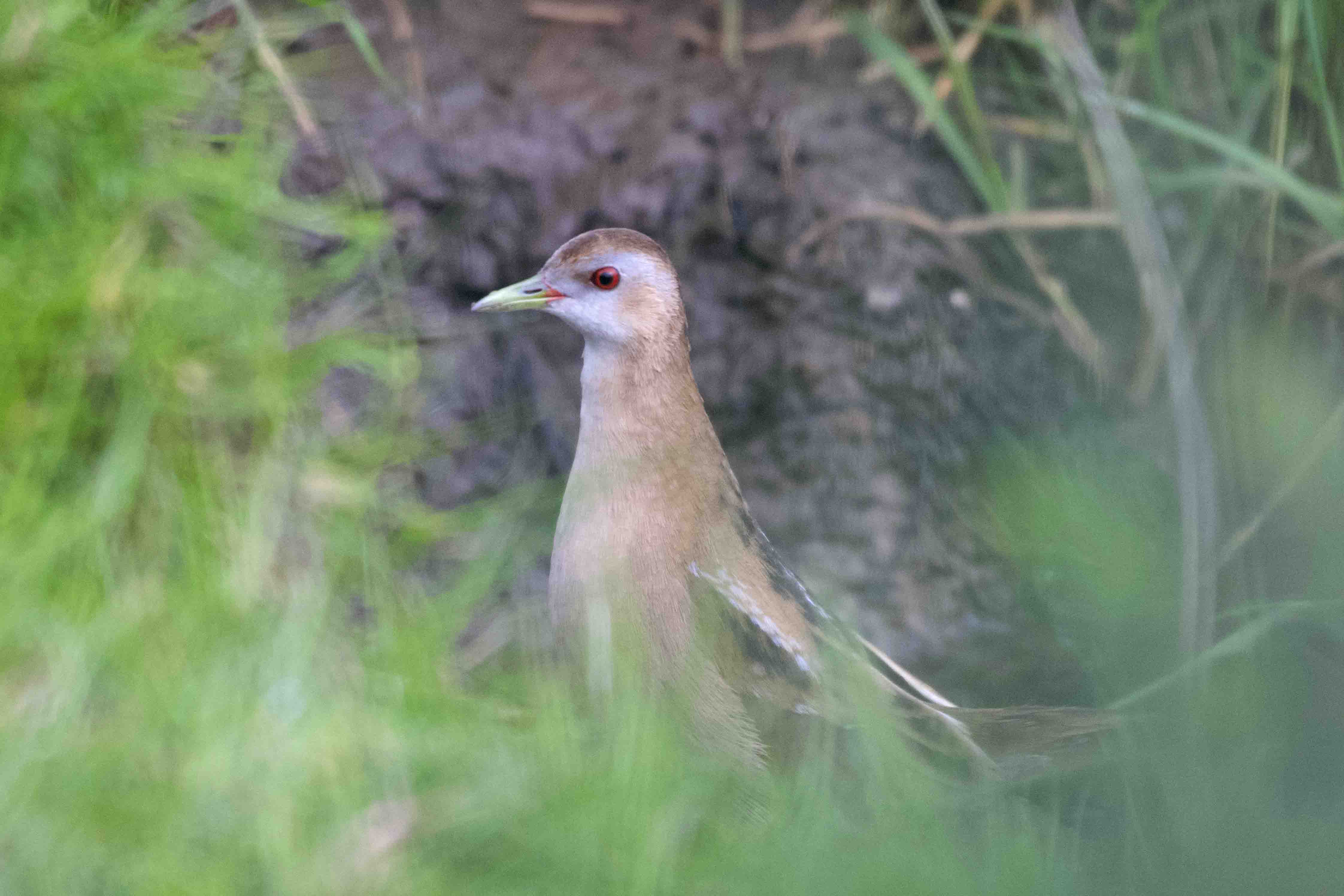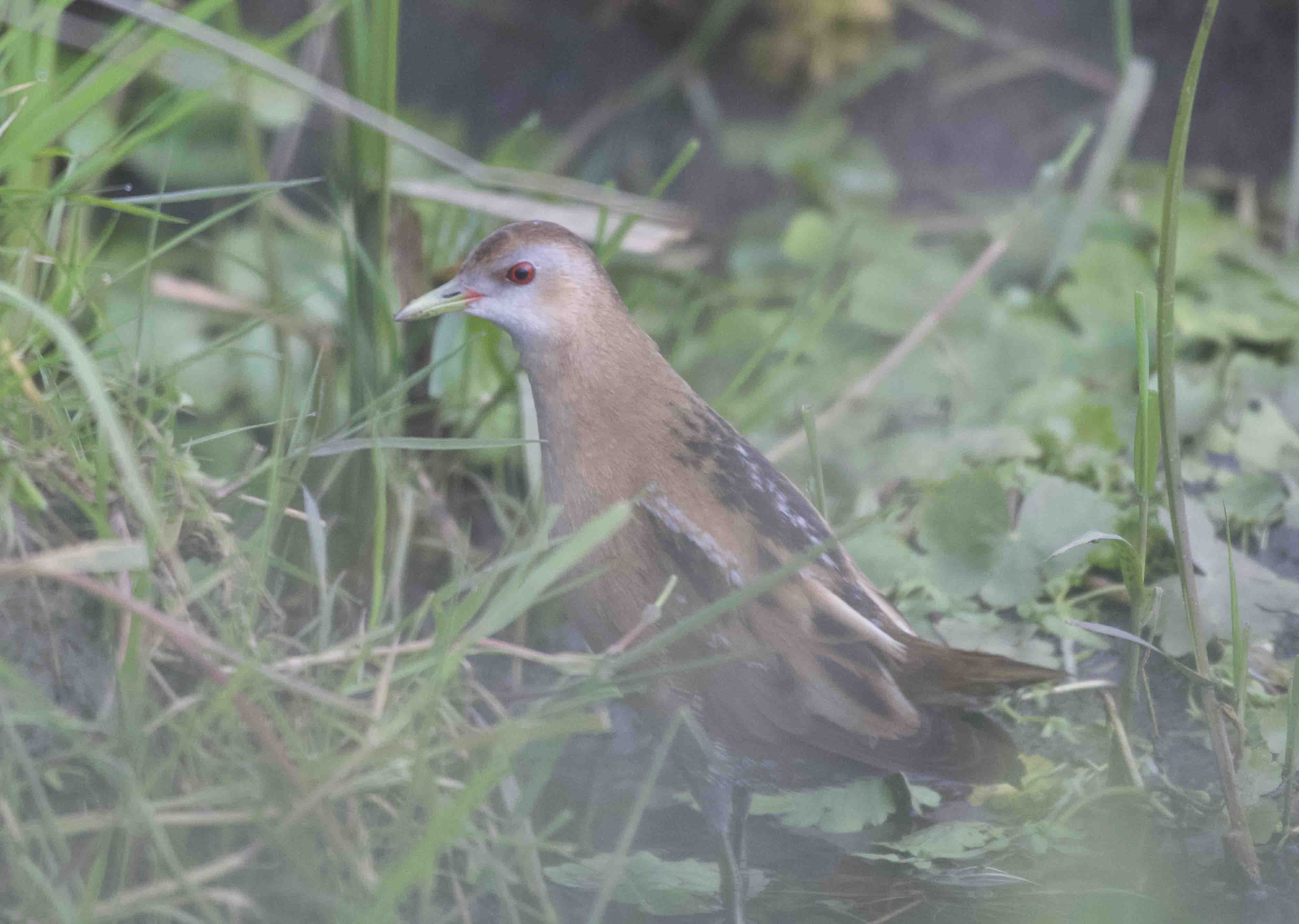For an inland site in a fairly built-up location in the north-west of Surrey, the Papercourt area has good potential to bring in relatively unusual and even rare birds. I have been birding in Surrey for 12 years now and at Papercourt for 10 of them, finding a number of good local birds including Western Cattle Egrets, Smew, Siberian Chiffchaff, Black Redstart and several Great Egrets.
While these may not seem too exciting to many coastal birders, for us inland Surrey folk they are enough to get the heart racing! Finding these scarcities is the ultimate reward and while I am not at all averse to twitching (I have been on many a twitch now), nothing can beat finding a local rarity on your patch.
The Papercourt complex is made up of wet meadowland with associated riparian habitat, along with arable land, a couple of lakes and a small area of reedbed and marshland, all alongside the River Wey. In spring, the meadows are particularly good for Reed and Sedge Warblers, Common Whitethroat and Reed Bunting. Scarcer birds which are seen here on an annual basis at this time of year include Ring Ouzel, Whinchat and the odd passing Grasshopper Warbler – and it was with these kinds of birds in mind I headed out at first light on a cold, still morning on 22 April.
I took my usual route and followed the footpath as it clings to the banks of the Wey. It was a quiet first hour with the ever-increasing morning chorus providing me with excellent company. There had certainly been an increase in Common Whitethroat and Sedge Warbler numbers since my previous visit a week before and a Reed Warbler was singing in the reeds along the riverbank.
I was pleased to see a female Peregrine Falcon on one of the pylons but this was soon surpassed by my first Common Swift of the year. It isn't often your first swift of the year gets usurped on the same day, but that was about to happen … I had just crossed a little ditch running into the Wey when I noticed a small, dumpy brown bird fly past me and land a short distance away along mud by the river.

The stretch of river where Ed, who was stood on the footbridge, found the Little Crake (Ed Sames).
Its behaviour reminded me of Common Quail, but I thought surely it couldn’t be that species. The early date and odd habitat for one immediately put this out of my mind and I thought it had to be a Water Rail. Papercourt is a fairly good site for Water Rail and, while getting my camera focused on the bird, I automatically assumed this was indeed the species in question.
However, as soon as I saw its stubby yellow bill I realised my initial assumption was wrong and the word 'crake' appeared in my mind. I had never seen a crake of any species in this country but it quickly dawned on me that what I was looking at one. Luckily, I managed to swiftly get a number of photos of the bird which, after about 30 seconds of observation on the riverbank, I saw fly to some slightly denser vegetation along the river a little bit upstream.


Ed acted quickly to ensure he captured photos of the crake before it disappeared (Ed Sames).
After carefully looking through my photos and examining the key features I managed to secure the ID of Little Crake – a female. I was numb with excitement and disbelief. I needed someone with more experience to confirm my find and ensure I wasn't going mad, so I called fellow Surrey birder Ed Stubbs in a bit of a daze. He confirmed from my photos that it was indeed a Little Crake. I then put the news out.
It wasn't long before people arrived but, despite an extensive search up and down the river by birders armed with binoculars, 'scopes and even thermal-imaging cameras, there was no further sign. Perhaps that was no surprise given the extensive habitat and the typically secretive nature of the species, though it was a shame others couldn't see it.
I later learned that the last Surrey record was as long ago as 1860! While I may never find a rarer bird on my beloved patch, I shan't be stopping anytime soon. The joys of patchbirding can be as simple as finding your first Common Whitethroat of the year to seeing a mixed flock hirundines swoop over the lakes during a spring shower. And you never know what's round the corner – or along the riverbank!

The last Surrey record of Little Crake was a bird shot by a farmer 164 years ago (Ed Sames).

